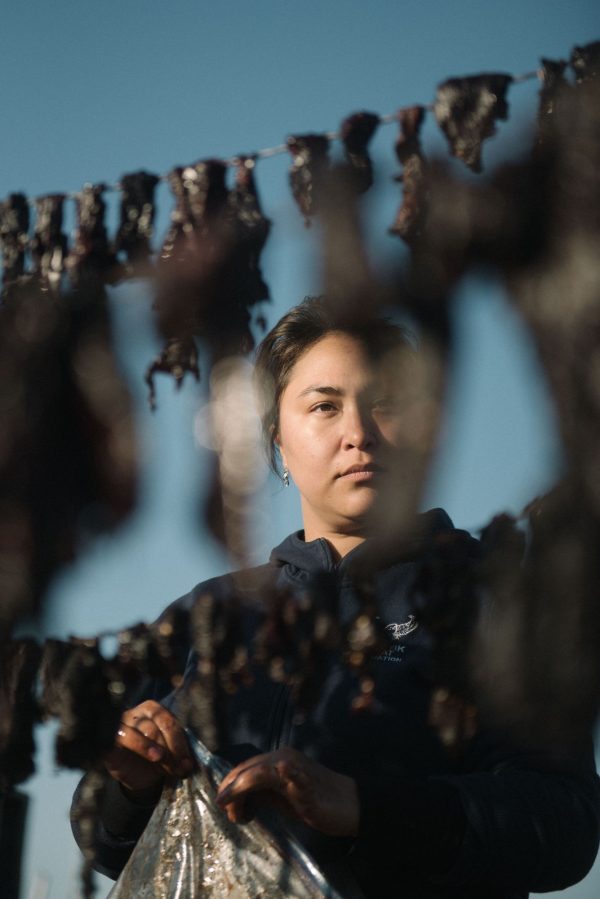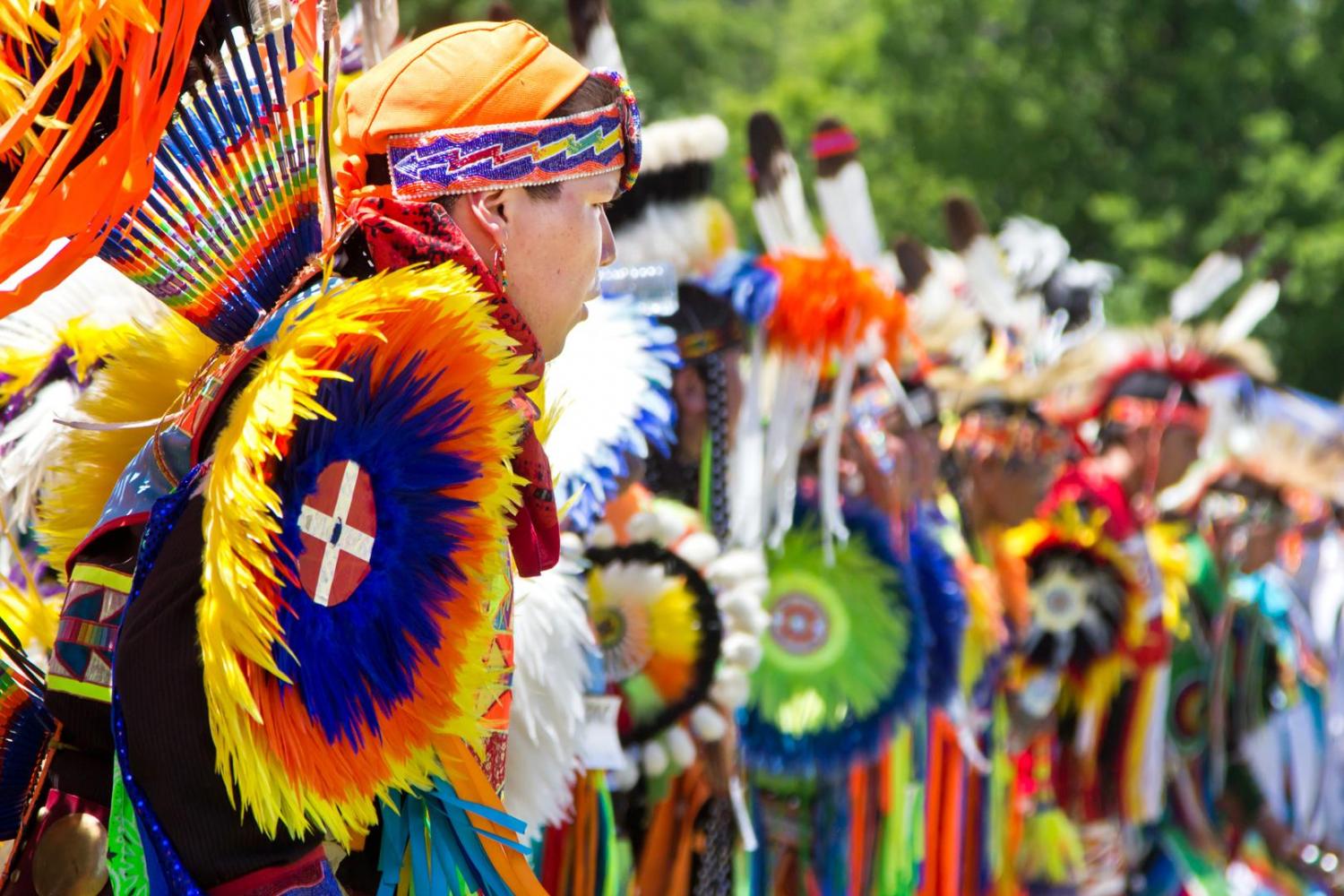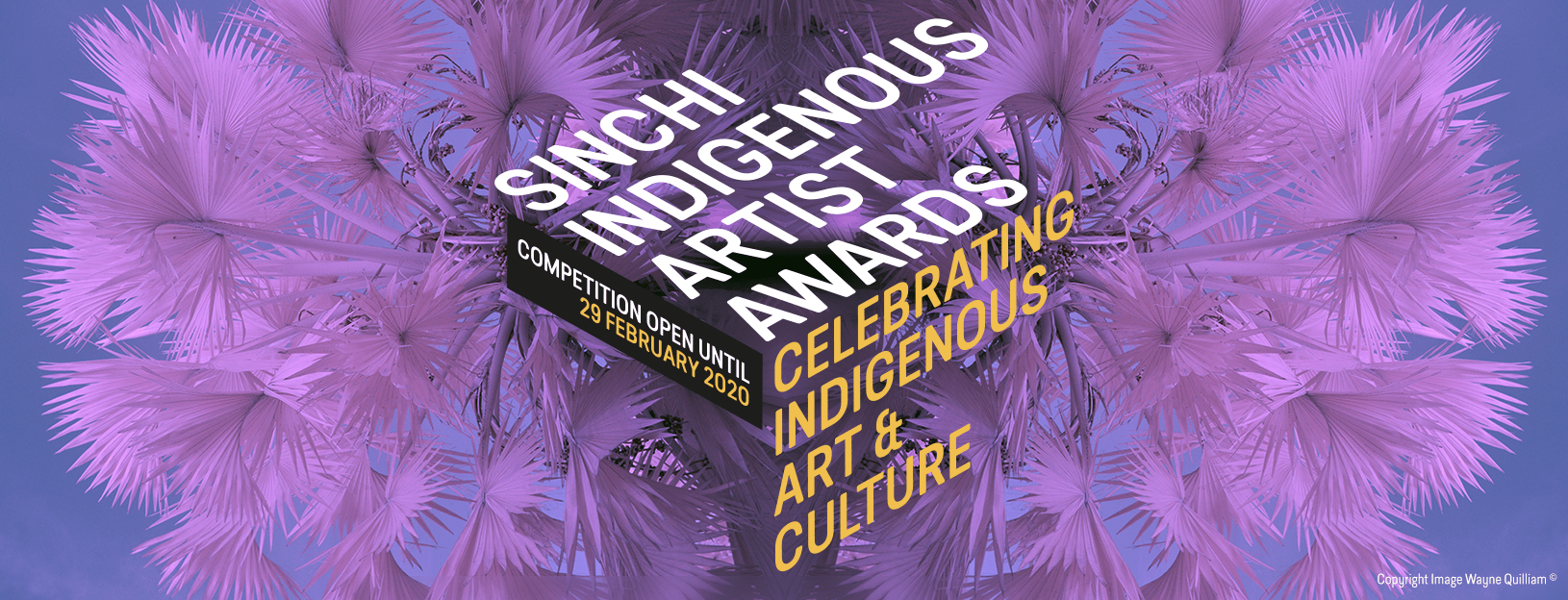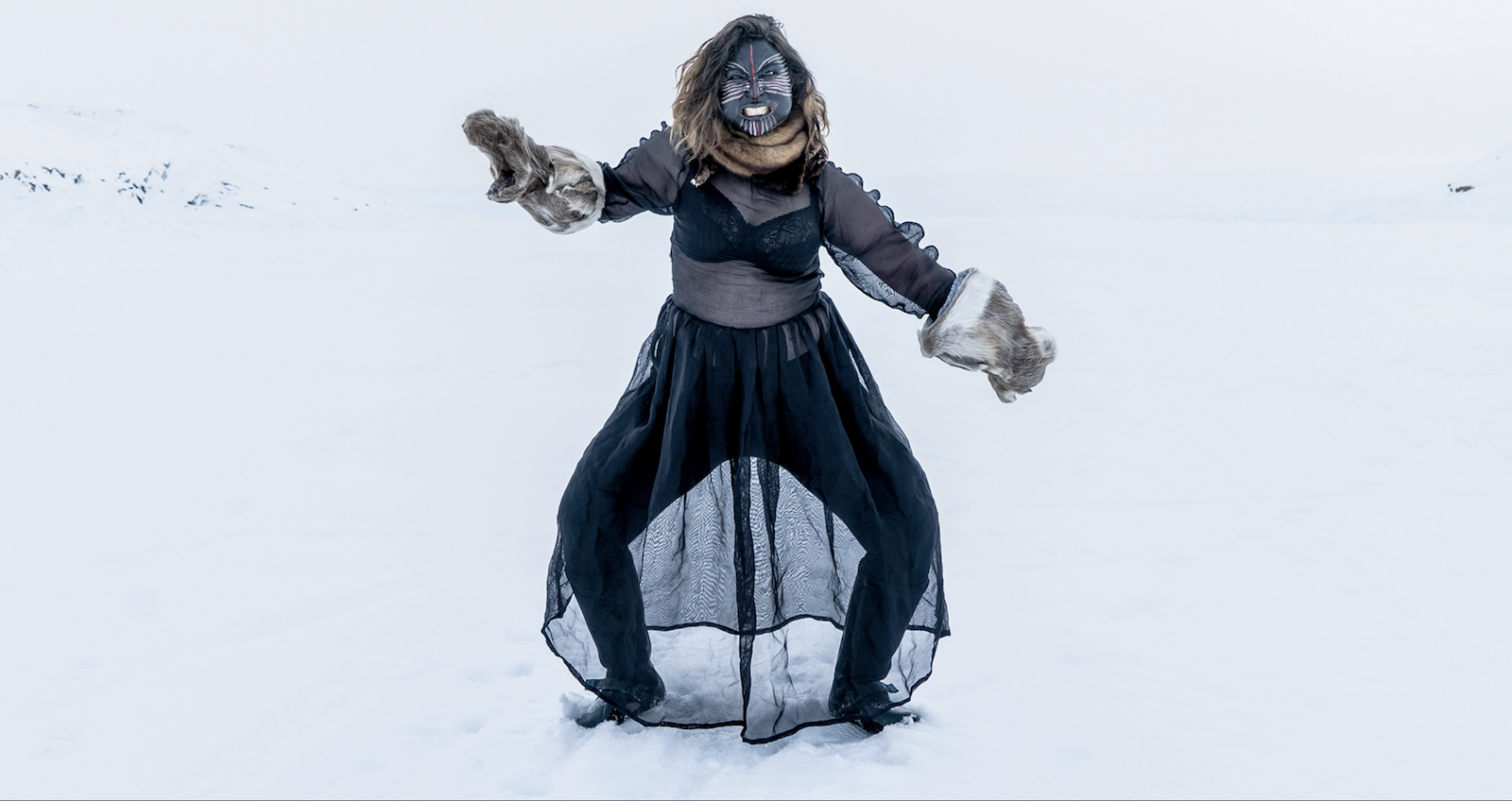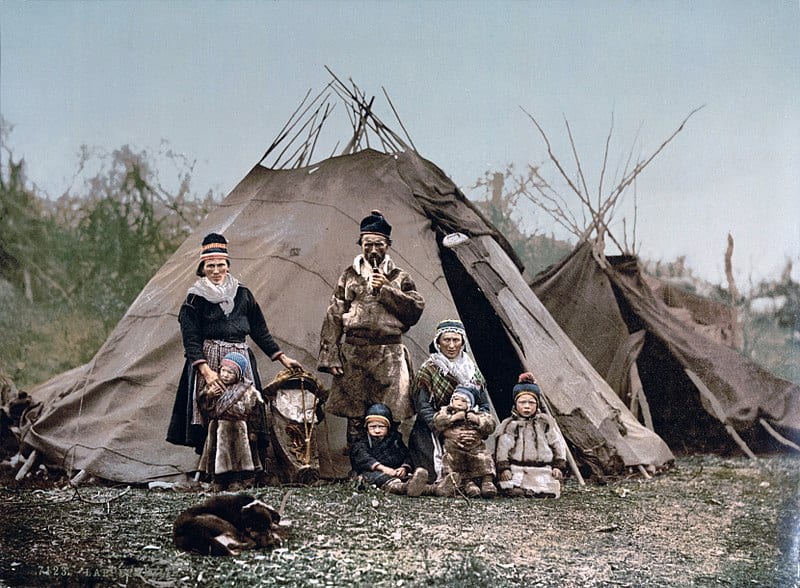As a non-profit promoting indigenous culture, we talk a lot about indigenous people to a lot of different people. What is most striking in those conversations, is that many people in Europe and the rest of the Western world today can not name more than 2 different tribal groups. The most commonly mentioned are the Maori, the ‘native Americans’ and the Eskimos. Two of those can not be considered a tribal community, namely ‘the native Americans’ and the ‘Eskimo’. These are both derogative terms.
The term ‘Eskimo’
Stricktly speaking, eskimos can also be regarded as native Americans, because what western people call ‘eskimos’ are actually the indigenous people inhabiting parts of the northern circumpolar region ranging from Siberia to parts of the Americas (Alaska and Canada). But! The native people of the northern polarcircle do not actually call themselves ‘Eskimos’, this is a term given to them by European settlers. The term Eskimo is slowly being replaced by the term ‘Inuit’ or ‘Yupik’, which means ‘the people’. Each of these terms is used by different settlements. In Canada, Greenland, and Northern Alaska, the indigenous people above the polar circle identify with Inuit or the subgroup ‘Inupiat’, while ‘Yupik’ refers to the indigenous people inhabiting Alaska and eastern Siberia.
The term Eskimo is regarded by many as a derogative term because it is used to describe a very large group of people with different traits and languages. Furthermore, if translated into Alonquin laguage (spoken by indigenous people in Ontario and Quebec, Canada), ‘Eskimo’ means: ‘eaters of raw meat’. Obviously, eating raw meat is not the one thing that defines the Inuit people of Canada, or ‘Inuk’ if referring to a single person of Inuit descent. There is a very long history behind the origins of the Inuit people, one that has evolved into a rich cultural heritage, which it still has to this day.
Cultural background of the Inuit
The earliest artefacts from the Inuit people are from 18,000 years ago and they were discovered in Siberia. It is believed that the descendants of the Siberian Inuit have settled in Alaska about 4,000 years ago and spread to the rest of the Americas from there. The reason we know this is because scientists have excavated artefacts in Alaska which were very similar to those from Siberia, the artefacts were 3,800 years old. This could mean that the Inuit people have migrated to Alaska even earlier, but we haven’t found the evidence for it yet.
Inuit people are both culturally and biologically very distinct from neighbouring indigenous communities in the rest of the Americas, or the Saami on the Russian side. Studies comparing the different languages of the Inuit with Ojibwe or Cree indicate that they originated completely separately. Physiologically, many Inuit have the B blood type, which is absent in the blood of neighbouring communities. And when it comes to cultural traits, it is evident that the Inuit’s daily lives have been centred around the extreme cold of their natural environment. An icebound environment means that the diets of the local people lack in vegetable foods and fruits, but consist mainly of caribou, whale, seals and walrus. This makes Inuit very skilled hunters, they usually go out in skin-covered one-person boats or dog-sleds with a harpoon to kill their prey, upon which they rely. This might be why the Inuit were called ‘eaters of raw meat’.
Colonialism and resilience
The cold climate, the snow-built settlements, skin hides and whale meat is what we still associate with so called ‘Eskimos’ today. To some extend it is not a false concept, but the term doesn’t include the other aspects of the culture that make it so rich and resilient: throat singing (katajjaq), mask dance (uajeerneq), their wonderful and many creation stories, their many ancient handicrafts. The Inuit aren’t people who starve at the other end of the world, they live in abundance and resilience, albeit with the scars of a traumatic colonial past. Inuit have forcefully and necessarily learnt to adapt to western capitalist economies. Traditionally a nomadic people who completely lived self-sufficiently, the Inuit were introduced to money and trade with Europeans at the end of the Middle Ages. Nowadays, many Inuit in Canada have moved to more southern cities to work because the populations of whale have declined due to climate change and over-fishing.
Another very devastating result of the Inuits’ introduction to the rest of the world are the diseases the European settlers brought with them, which wiped out entire communities of Inuit. During the 19th century, the Western Arctic suffered a population decline of close to 90%, resulting from exposure to new diseases, including tuberculosis, measles, influenza and smallpox. The word ‘Eskimo’ is therefor a reminder of the Inuits’ introduction to the western ways of life, one which put their cultural traits and demographics in rapid decline. Using the term ‘Inuit’ to describe the people above the northern polar circle is therefor the preferred one, as it is neutral and it stems from an actual Inuit root language.
